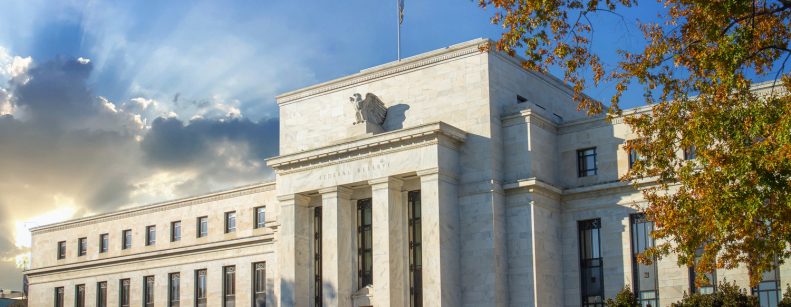
The U.S. Federal Reserve began the fifth month of the year with market news. Following its May meeting, the members of the Federal Open Market Committee (FOMC) decided to leave its benchmark interest rate, known as the Fed Fund Rate, unchanged at a target range of 5.25%-5.50%. decided to keep its benchmark interest rate, known as the Fed Fund Rate, unchanged at a target range of 5.25%-5.50%, as it has been doing since July of last year, thus maintaining it at the highest level observed since 2001.
In its statement and subsequent press conference, the Fed acknowledged progress in reducing inflation, but also indicated that inflation remains elevated and that the disinflationary process has not proceeded at the expected pace, as the decline in prices has been dampened in recent months by some persistent upward movement in prices. In addition, the labor market remains tight.
For FOMC members, the current rate level would be restrictive enough to achieve the 2% inflation target, and Chairman Powell mentioned during the press conference that, while they remain mindful of inflation risks, the next move is "unlikely" to be a rate hike.The FOMC members believe that the next move is unlikely to be a rate hike, and Chairman Powell mentioned during the press conference that, while they remain vigilant to inflation risks, the next move is "unlikely" to be a rate hike.
However, for the board members of the world's leading central bank, there is still a need to gain more conviction that the downward trajectory of inflation is sustainable, it is still necessary to gain greater conviction that the downward trajectory of inflation is sustainable, in order to be able to initiate a downward rate adjustment process. Thus, using the same language as in their communiqué of the March meeting, they indicated that they will continue to pay close attention to the data before any decision to cut rates.
On the other hand, let us remember that, although the Fed's main monetary policy tool is the interest rate, it also has other non-conventional tools to achieve its mandated objectives. One of these tools is the reduction/increase of the balance sheet, an action known as quantitative tightening.
Precisely, another of the Fed's announcements during the day has to do with its intention to reduce the speed of the quantitative easing plan as of June 1. to reduce the speed of adjustment to the quantitative easing plan as of June 1, which will entail cutting the maximum amount of Treasury securities withdrawn from the balance sheet by more than 50% to US$25 billion per month, from the current US$60 billion.from the current US$60 billion.
Regarding the latter, it is important to note that between 2020 and 2022, the Fed accumulated a large amount of securities in order to increase the liquidity of the system to help in the economic recovery after the pandemic crisis, which led to an increase in the Fed's balance sheet to nearly US$9 trillion. These purchases had the effect of reducing interest rates, which favored the dynamics in certain sectors of the economy, such as car and home sales. However, given the rapid and high increase in inflation, since mid-2022 the Fed began to reverse these purchases by unwinding or not renewing part of these instruments (treasuries and MBS), which has resulted in a decrease in the balance sheet to US$7.4 trillion to date. With this, The aim is to reduce the amount of money circulating in the economy and, in the long run, to exert some downward pressure on prices. For some, such a large withdrawal of liquidity from the market may be more worrisome than higher rates for longer, but the Fed does not seem to be worried about it. In fact, the expectation is that they will continue to reduce the size of their balance sheet to levels closer to those seen before the pandemic.
All in all, what we saw was a market that drove down both 10-year and 2-year Treasury rates following the announcements. was a market that pushed both 10-year and 2-year Treasury rates down after the announcements. The Tr 10y closed the week at 4.5% and the Tr 2Y at 4.8%, which is significant considering that at the end of April both instruments had reached highs of 4.8% and 5.0%, respectively. This could be explained by a Fed that turned out to be less hawkish than the market expected, even though this means that the year could end with fewer cuts than expected before this meeting.
For our part, we believe that, according to the recent evolution of inflation, labor market and activity data, as well as the outlook for the remainder of the year, there is still a possibility that at least one or two rate cuts will be implemented in 2024, the possibility remains that at least one or two rate cuts will be implemented in 2024, which would take place towards the latter part of the year.
Milene Rodriguez
Strategy and Investment Analyst